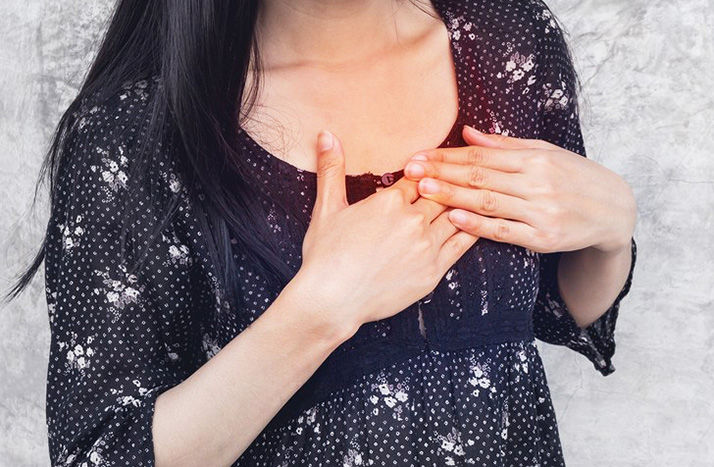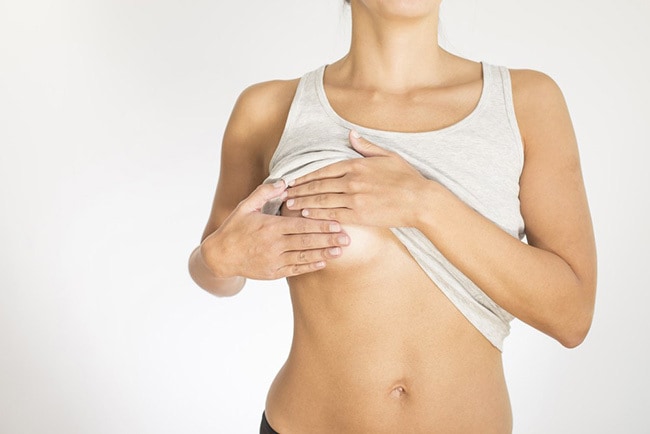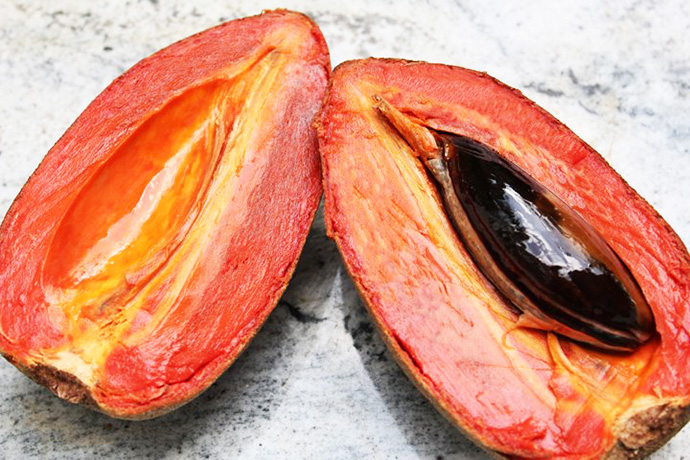Is there a lump just below your areola that is painful and warm to the touch? It could be subareolar abscess. Just like what the name suggests, the growth is not a tumor — it’s just filled with pus due to an infection. By the way, subareolar abscess occurs in women who are not breastfeeding at the time.
Being a localized infection, which means that the problem is limited to a small area only, subareolar abscess is commonly treated with a course of antibiotics. However, it is possible for the problem to strike again. If such is the case, surgical removal of the areolar gland that is repeatedly getting infected is usually recommended.
In the past, by the way, subareolar abscess was referred to as “Zuska’s disease”. The following are some other important things about subareolar access you should know about:
Causes
Subareolar abscess happens when the areolar gland or its duct become blocked. Once blocked, it is possible for the area to become infected, causing the various signs and symptoms associated with areolar abscess.
As mentioned earlier, this problem concerning the breast affects non-lactating women, or women who are currently not breastfeeding. Medical professionals say that areolar abscess is commonly seen in young and middle-aged women. Other risk factors of subareolar abscess include nipple piercing, cigarette smoking and diabetes.
Signs and Symptoms
During the early stages of subareolar abscess, there is pain in the part of the areola that is affected. Eventually, a small lump under the areola and swelling of the nearby area can be observed. The lump is composed of pus which may drain out if it’s pressed or cut.
Because it is a localized infection, having subareolar abscess may leave a woman feeling generally ill. Similarly, it is possible for her to have fever.
Treatment
Having subareolar abscess treated properly is important. Otherwise, the infection may cause the development of the so-called fistula — a hole that goes from the areolar gland or its duct to the skin. It is also possible for a severe case of subareolar abscess to cause nipple inversion in which the nipple is drawn in rather than pointing outward.
A doctor will prescribe antibiotics in order to put the infection under control. Sometimes he or she may also recommend opening up the lump in order have the pus within drained.
Just in case the intake of antibiotics failed to get rid of the problem, a doctor may recommend surgical removal of the affected areolar gland. He or she may also suggest the same kind of treatment if the infection tends to happen repeatedly, which means that the involved areolar duct constantly gets blocked and infected.
During surgical treatment, by the way, the fistula may be closed or the nipple inversion may be corrected in case it comes about as a complication of subareolar fistula.
Home Care
While taking antibiotics prescribed by a doctor, there are a few things that a woman with subareolar abscess may do at home to attain relief from the signs and symptoms. Some of them include:
- Cold compress. This home remedy can help in reducing both pain and inflammation. Do remember that ice cubes should be wrapped in a small towel before being placed over the affected area of the breast. The application of cold compress may be done for 10 to 15 minutes several times per day.
- Cabbage leaves. A woman may also count on a cabbage leaf. It should be cleaned thoroughly under running water and placed in the refrigerator for a few minutes. Once already cold, it may be placed on the affected areola.
- Regular washing. The area should be regularly cleansed with water and mild antibacterial soap to prevent further infection. A woman has to make sure that the area is completely dry before putting on her bra or a top.
Sources: kveller.com








